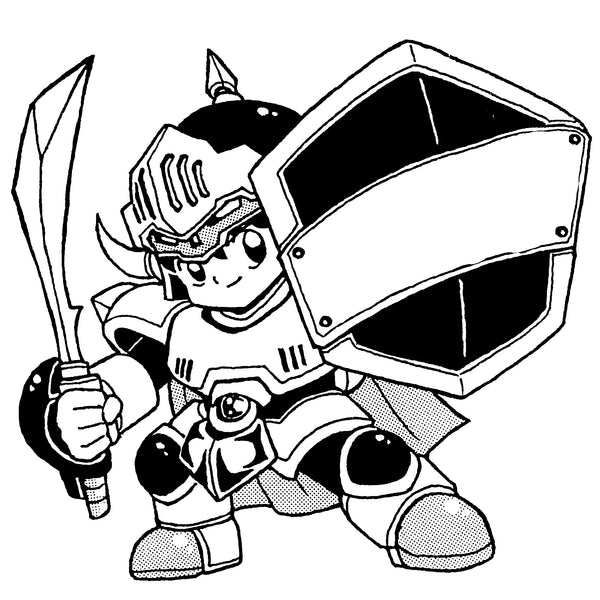Part 1: Revolution ①: From "Clearing" a Story to "Experiencing" It

In the Super Famicom era, we "imagined" stories by reading text and looking at pixel art. The PlayStation destroyed that convention. The "CD-ROM," with its massive capacity, brought beautiful CGI movies and character voices into games. It was no longer a game for us to "beat," but a story to "experience," immersing us in its world like a movie.
Part 2: Revolution ②: The "Protagonist" Was No Longer Just for Kids

While the Famicom was a "kid's toy," the PlayStation was a bit more grown-up. It had cool black packaging and a futuristic boot-up sound. More importantly, the heroes it featured were relatable figures who struggled and hurt just like us. Games like Metal Gear Solid and Resident Evil quietly but surely changed the public perception that "games are for children."
Part 3: Revolution ③: "Play" Became Infinitely Free

This was the era that gave us the "analog stick." While the D-pad was for "2D" movement, the analog stick allowed us to move freely within a "3D space." This natural, liberating feeling changed the very concept of "game controls."
Yes, the greatest revolution the PlayStation brought about was elevating games from mere "play" to "works of art" that housed the creators' souls. It was the dawn of an era where creators could finally make what they truly wanted to express, in the form they wanted to create it. A huge variety of strange and wonderful games were born all at once, explosively. It was, truly, the arrival of the "Cambrian Period" in game history.
(To be continued in Part 2: The War for Supremacy, and the Legendary Software)
